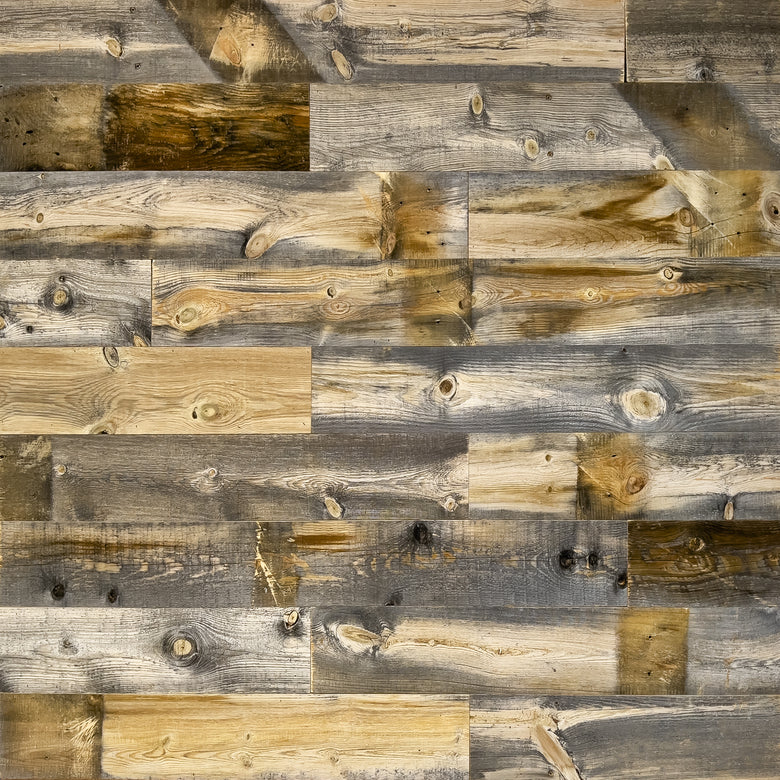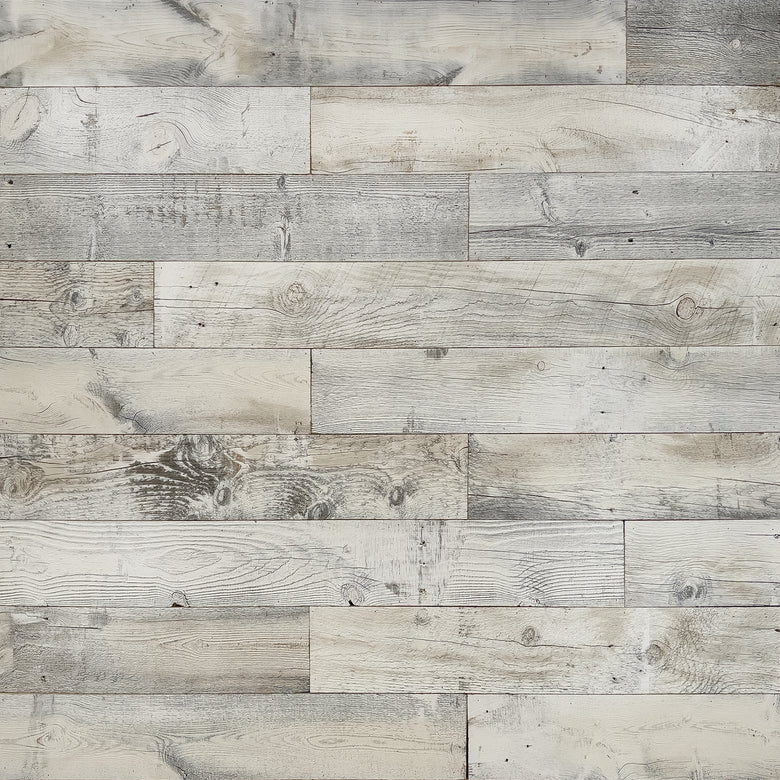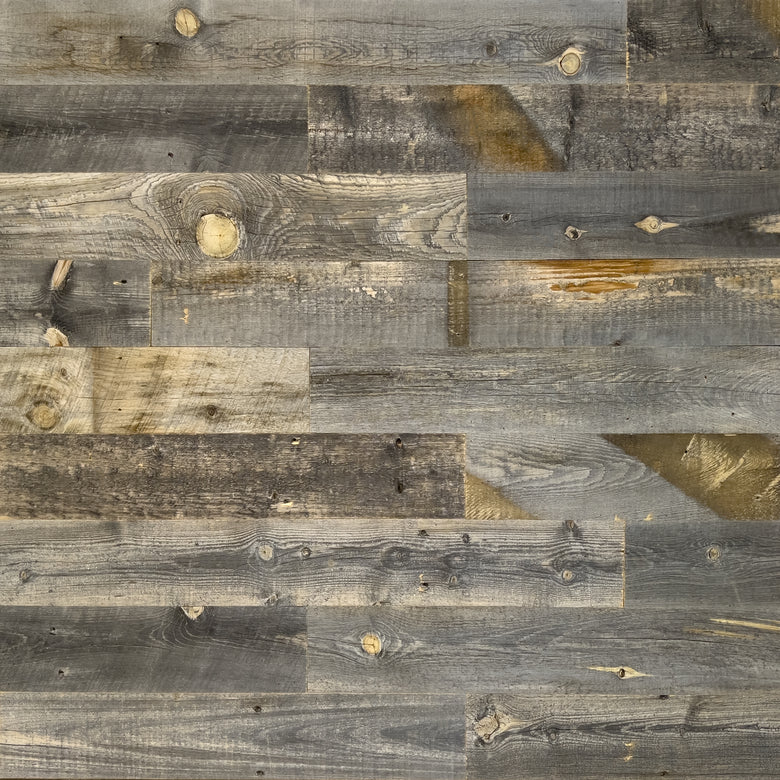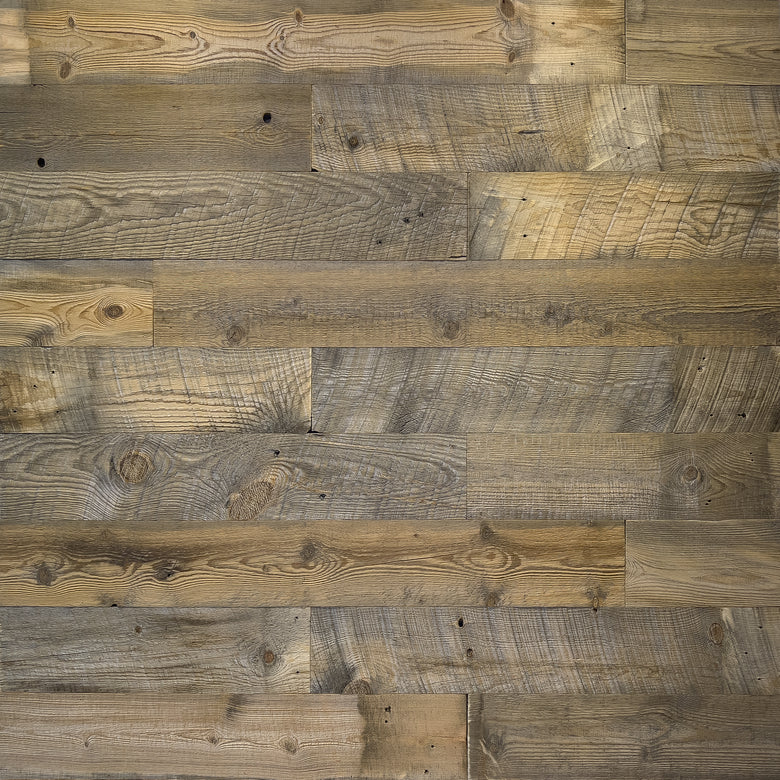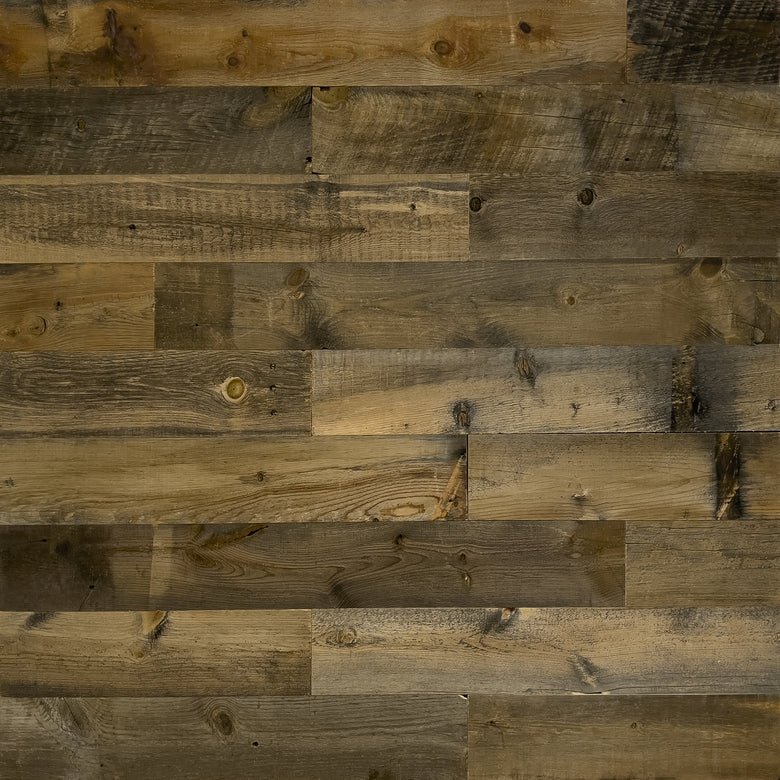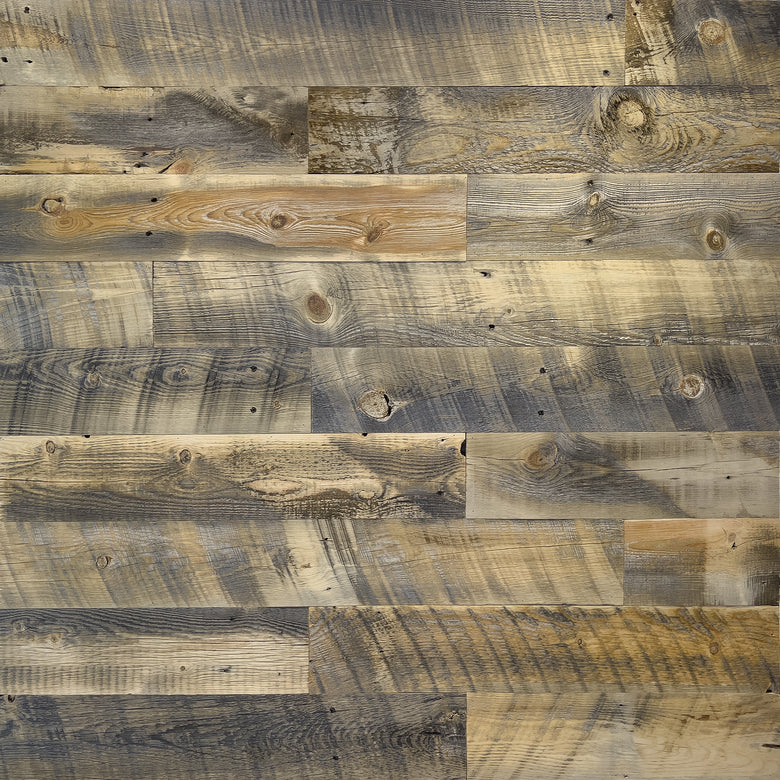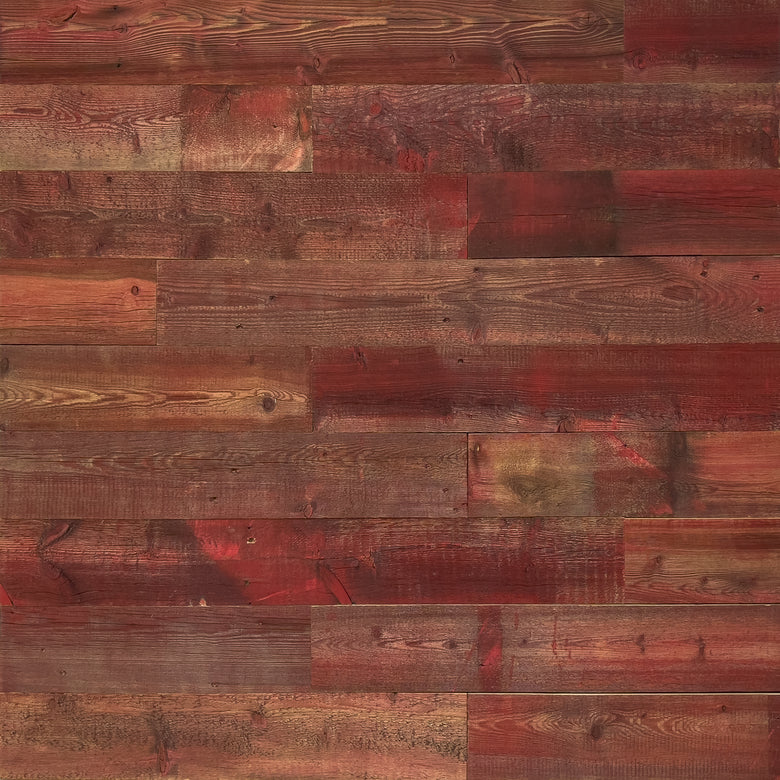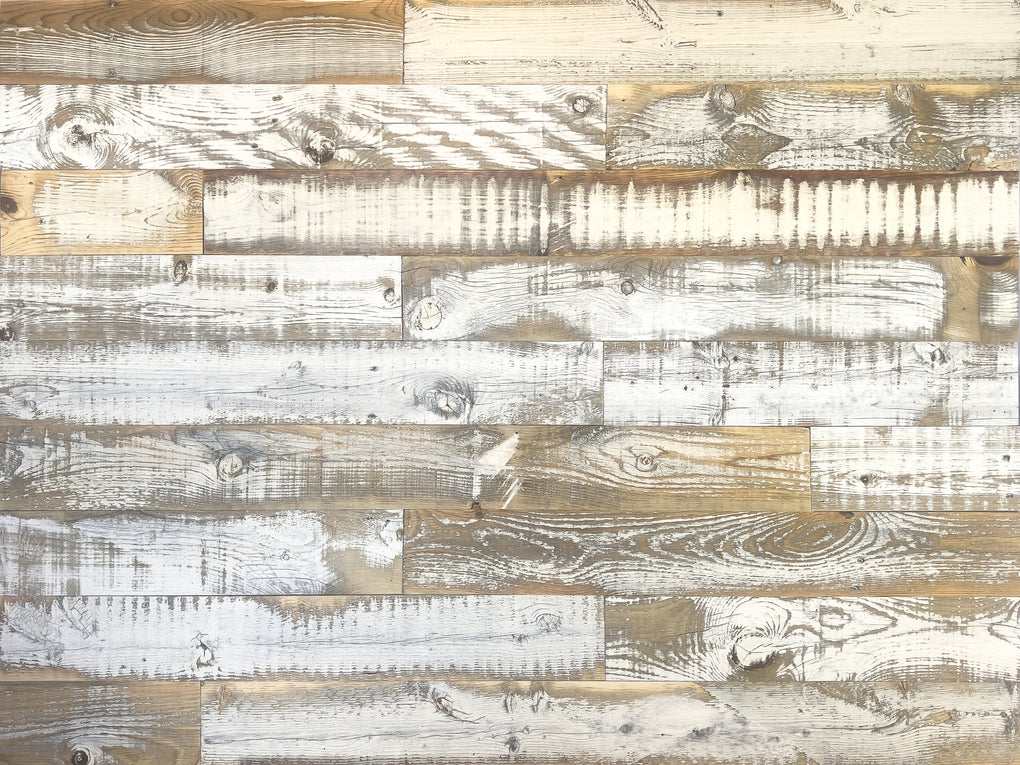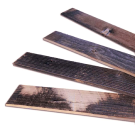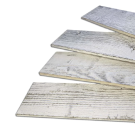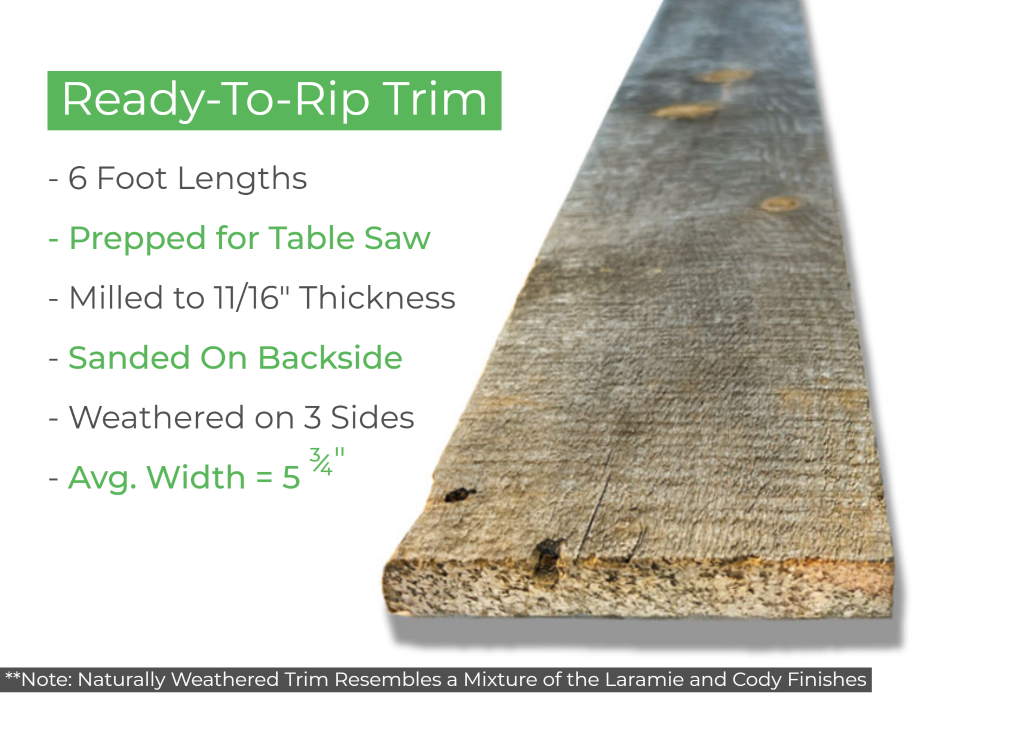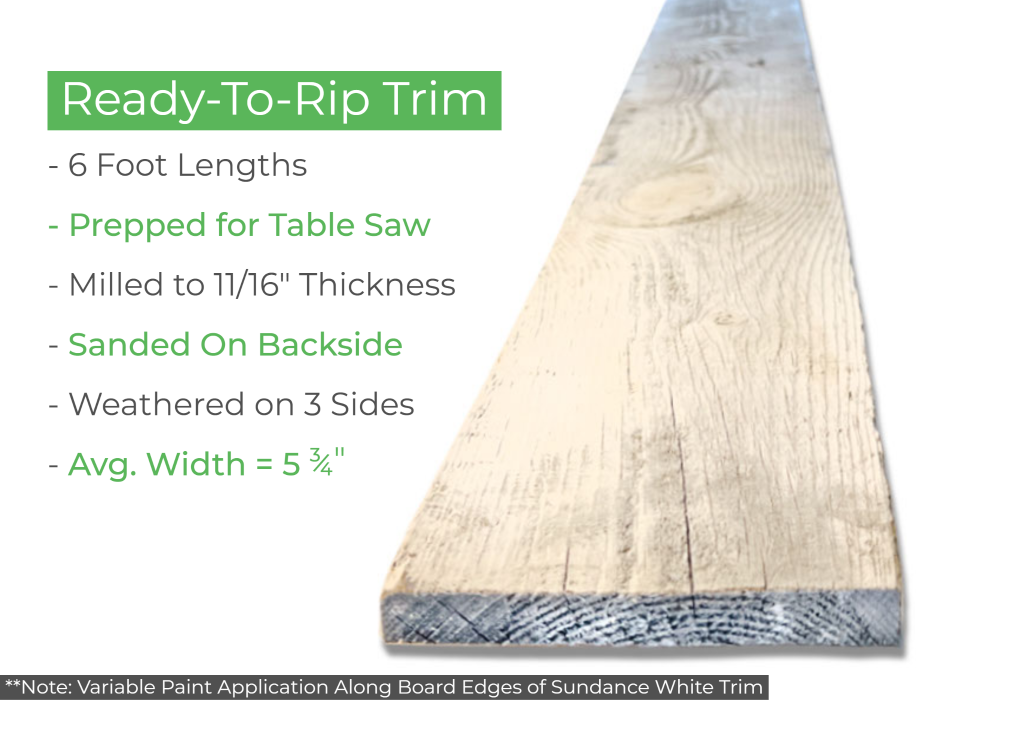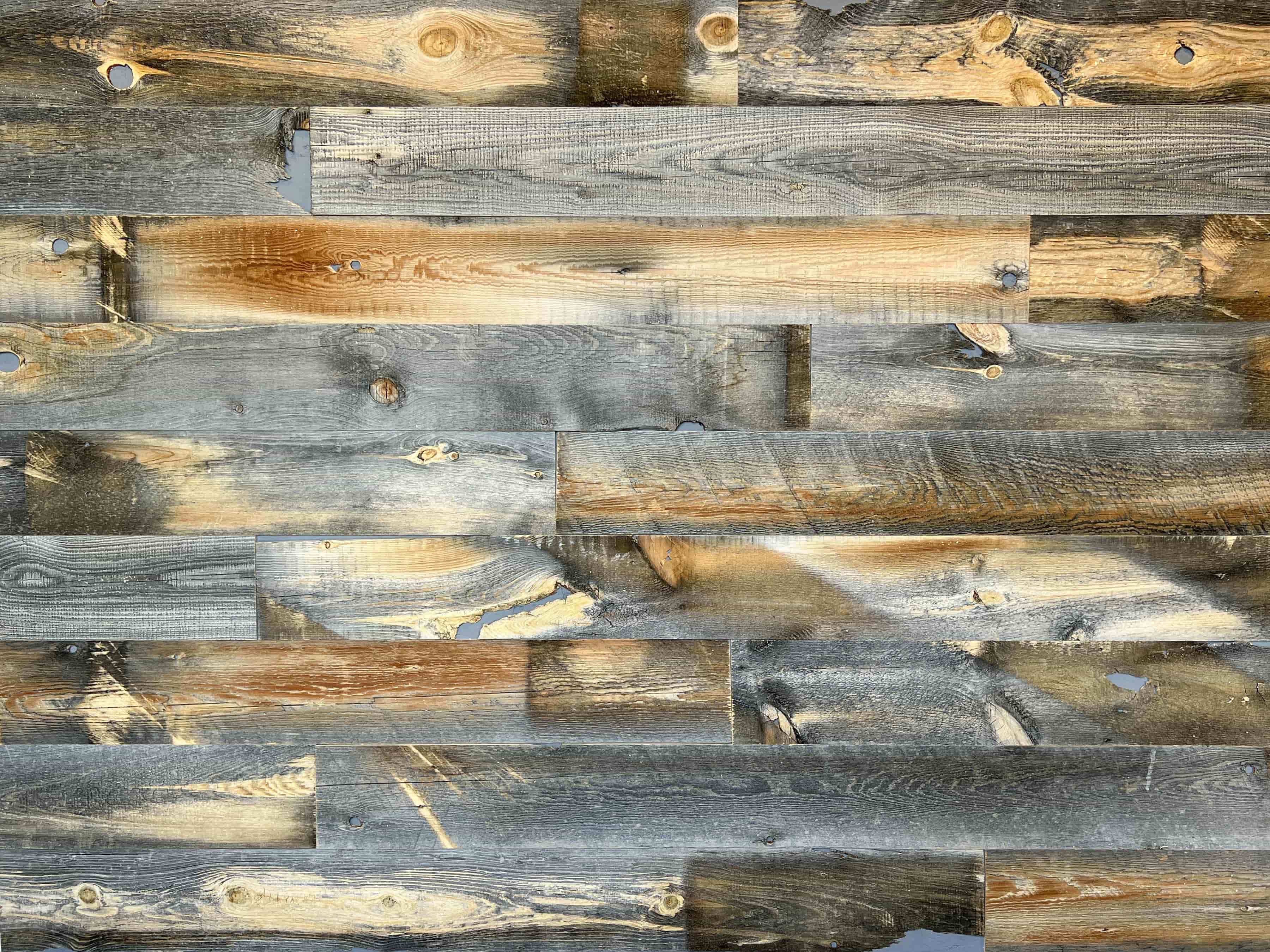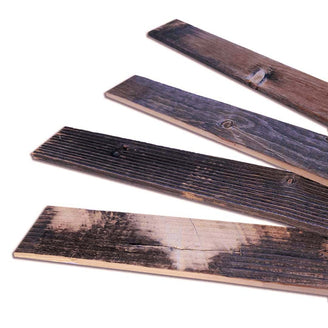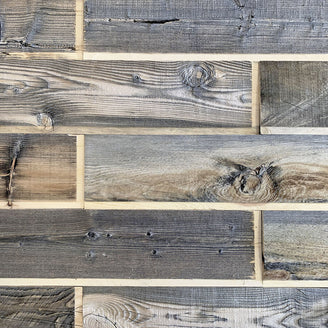When renovating or building a home, choosing the right type of siding is crucial for both the aesthetics and functionality of the exterior. Two popular options are vinyl siding and wood siding, each with its distinct benefits and considerations.
The Short Answer: Vinyl siding offers a cost-effective and low-maintenance solution. It stands up well against harsh weather conditions and requires little more than a wash now and then to keep its appearance fresh. On the other hand, wood siding offers unmatched natural beauty and is better for the environment.
By choosing the right siding material, homeowners can significantly affect their property's long-term value, energy efficiency, and aesthetic appeal. This initial comparison sets the stage to dive deeper into each siding type, helping you make the most informed decision based on your specific needs and circumstances.
What is Vinyl Siding?
Vinyl siding, crafted primarily from durable polyvinyl chloride (PVC), offers a blend of affordability, durability, and ease of maintenance, making it an attractive option for many homeowners.
Composition and Manufacturing Process
Vinyl siding is composed of PVC, which ensures robustness against various environmental factors. The manufacturing process includes adding color pigments and stabilizers to the PVC, which help the siding resist fading and degradation under extreme weather conditions. This process allows vinyl to maintain its color and structure without the need for regular painting or staining.
Advantages of Vinyl Siding
Maintenance Requirements: One of the most compelling benefits of vinyl siding is its low maintenance. Vinyl siding is highly resistant to moisture, which reduces issues like rotting, cracking, or warping—common problems in other exterior siding materials exposed to moisture over time.
Cost Effectiveness: Vinyl siding costs less than real wood siding, both in terms of initial costs and maintenance expenses. Installation is typically straightforward, which reduces labor costs, and its durability means less spending on repairs and upkeep over time. The cost per square foot can vary depending on the quality and style, but it remains a budget-friendly option for those looking to enhance their home’s exterior without breaking the bank.
Versatility: Vinyl siding comes in a wide range of colors, styles, and textures, which can mimic other materials like wood, stone, and slate. This versatility allows homeowners to achieve a desired look without the high costs and maintenance associated with natural materials. From traditional horizontal panels to vertical installations and shakes, vinyl provides numerous options to cater to different aesthetic preferences.
Drawbacks of Vinyl Siding
Environmental Impact: The production of vinyl siding involves chemicals that can be harmful to the environment. Although recycling options are improving, the non-biodegradable nature of PVC remains a concern.
Curb Appeal: While vinyl can imitate other materials, it may not fully replicate the depth and texture of natural products like wood. Some homeowners may find the appearance of vinyl less appealing, particularly on historic homes where authenticity is valued.
Thermal Expansion: Vinyl siding can expand and contract significantly with temperature changes, which may lead to warping or buckling if not properly installed. This requires careful installation techniques to allow for adequate movement and avoid potential issues.
Susceptibility to Impact Damage: Although durable under normal weather conditions, traditional vinyl siding is not immune to impact damage. It can crack or break upon strong impacts, such as hail or debris during storms. Repairing or replacing damaged sections needs to match the original siding, which can be challenging if the color or style has been discontinued.
What is Wood Siding?
Wood siding is a classic choice for home exteriors, offering a timeless appeal with its natural beauty and versatility. It provides a range of options in terms of style, texture, and finish, allowing homeowners to customize their home’s appearance to their liking.
Types and Characteristics
Wood siding comes in various forms, including shiplap, tongue & groove, and traditional clapboard, each offering a unique aesthetic and installation method. These styles can be crafted from different types of wood such as cedar, pine, and redwood, each known for distinct qualities such as color, grain, and durability.
Advantages of Wood Siding
Natural Beauty: Wood siding adds a warm and inviting look to homes, enhancing curb appeal with its rich, natural tones and textures. It can be painted or stained in any color, offering flexibility in design and style adjustments over time.
Insulation Properties: Wood naturally provides better insulation than vinyl siding. This can help regulate indoor temperatures, contributing to energy efficiency and comfort.
Customizability: Wood siding can be cut, shaped, and finished according to specific architectural requirements, making it ideal for custom or historic renovations where preserving architectural integrity is crucial.
Environmental Impact: Wood is a renewable resource, and when sourced responsibly, it offers an eco-friendly siding option. Additionally, wood siding is biodegradable at the end of its life cycle, reducing environmental impact compared to non-biodegradable siding materials.
Drawbacks of Wood Siding
Cost Considerations: While offering numerous benefits, wood siding generally comes with a higher initial cost than materials like vinyl. The quality of the wood can add to the overall expense.
Durability & Longevity: While wood siding can last many years with proper care, it is inherently more susceptible to environmental damage. Issues such as warping, cracking, and decay can occur over time, especially if the siding is not regularly maintained.
Choose Between Vinyl and Wood Siding
Deciding between vinyl and wood siding involves considering several key factors that align with your aesthetic preferences, budget, and the specific needs of your home environment.
Climate Considerations: The local climate is a crucial aspect of selecting the right siding material. Vinyl siding, with its resistance to moisture and decay, is well-suited for areas prone to high humidity or frequent rain. Wood siding, offering excellent insulation properties, is ideal for regions with extreme temperatures but requires consideration of its long-term resilience in such climates.
Budget Constraints: Budget plays a significant role in your choice. Vinyl siding generally offers more cost-effectiveness in both initial installation and long-term durability without additional financial input. Wood siding, though more costly, can enhance the property's value due to its natural aesthetics and the perceived premium on real wood materials.
Home Style Compatibility: The architectural style of your home also influences the siding choice. Wood siding is often preferred for traditional or historic homes for its authentic and classic look. Vinyl siding, available in various styles and colors, provides a broad range of aesthetic options suitable for modern homes, catering to those looking for a clean, consistent appearance.
Personal Preferences: Ultimately, the choice may come down to personal preference regarding the material’s look and feel. If you value ease and simplicity, vinyl siding offers a straightforward, low-effort ownership experience. Conversely, if you prioritize natural beauty and are conscious of environmental impact, wood siding from sustainable sources like Centennial Woods can offer a compelling, eco-friendly option.
Evaluating these factors will help you make an informed decision that suits both your practical needs and aesthetic desires, ensuring that your home not only looks appealing but also aligns with your lifestyle and values.
Get Reclaimed Wood Siding from Centennial Woods
For those who appreciate natural beauty and are committed to environmental responsibility, Centennial Woods offers an attractive solution with our reclaimed wood siding. Sourced from weathered Wyoming snow fences, our wood siding provides a durable, eco-friendly option that enhances any home’s exterior with its unique, rustic appeal. The naturally weathered patina of each plank adds a rich, authentic texture that vinyl siding can’t match, making it ideal for both traditional and modern architectural styles.
Choosing our reclaimed wood not only elevates your home aesthetically but also contributes positively to the environment by repurposing materials that would otherwise go unused. It’s a sustainable choice that helps preserve natural resources while providing your home with a distinctive look that stands out in the neighborhood.
To address common concerns associated with wood siding, we offer options like the Centennial Seal, which protects against moisture, and Flame Stop II, which shields against fire damage. These treatments enhance the durability and safety of our wood siding, minimizing the traditional downsides of real wood and ensuring it remains a practical choice even in varying climate conditions.
Discover the transformative impact of Centennial Woods' reclaimed wood siding and make a choice that benefits both your home and the planet. Visit our website to explore the range of styles and learn more about the long-term value and beauty our siding can bring to your space.



